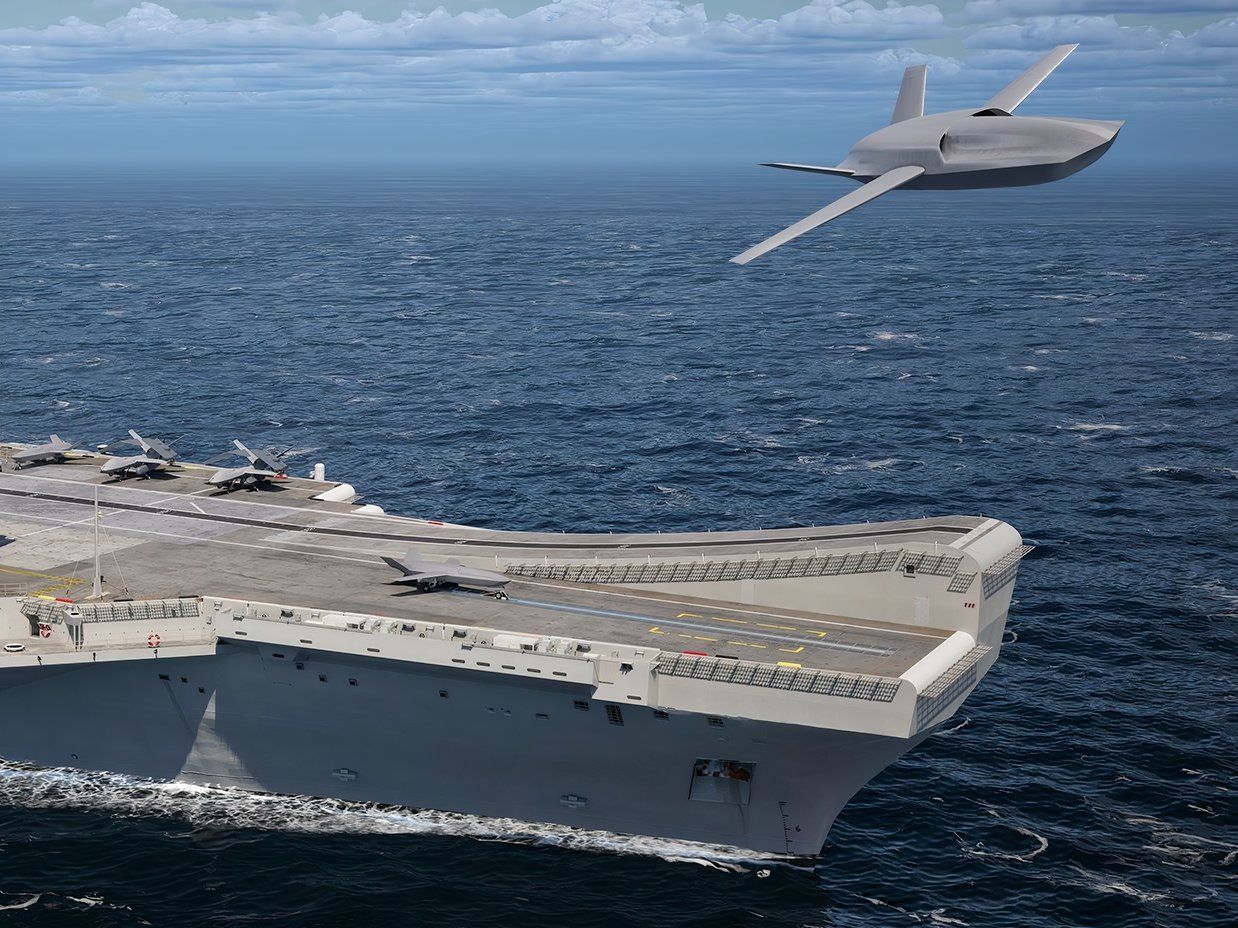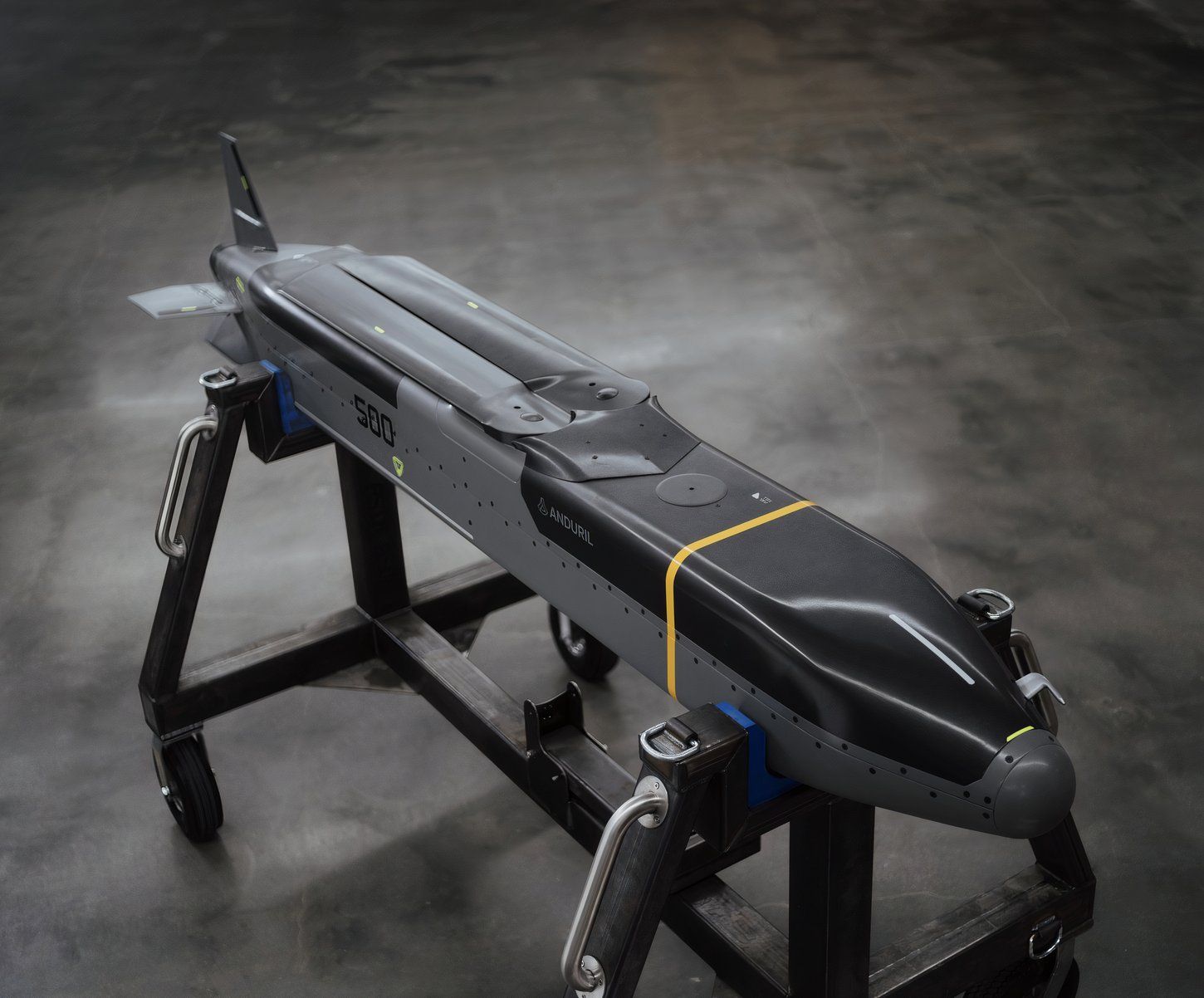The US Air Force is moving forward with a new drone strategy: modular drones. With modular drones
, the United States Air Force
wants to mass-produce drones in wartime to meet strike needs and a war’s insatiable demand for infrared reconnaissance. radar reconnaissance (e.g. Global Hawk), decoy drones (e.g. MALD) and more via the Enterprise Test Vehicle program.
Stopping being “affixed by the prefix” and a sole primary vendor
As Air Force Vice Chief of Staff Gen. James Slife shared at the Sightline Media Group Defense News event on September 4 about current US Air Force acquisition processes,
“We tend to get affixed by the prefix. You know, what I mean by that is, what can we do with airplanes that start with a C? We carry cargo because they start with a C. What do we do with airplanes that start with a B? Well, we drop bombs. Why? Because it starts with a B.
“I know what the mission that we have to get done is, but I don’t know that we need to build an airplane to do the mission. We need to build a system that can do the mission.”
Coupled to stopping being affixed by the prefix after finding that bombers can drop personnel behind enemy lines as was the case in World War II and operational tests of launching cruise missiles and drones from a cargo plane is a desire for “a deep vendor pool” of multiple vendors instead of one primary vendor and subcontractors. Four companies have been selected for this round of modular drone development:
- Anduril Industries
- Integrated Solutions for Systems Inc.
- Leidos Dynetics
- Zone 5 Technologies
Each firm will have to meet specific requirements with their proposed modular drones. The specific requirements will require flexibility in delivery and some range, plus the ability to be a weapon.
Baseline requirements to compete
These drones must travel at least 500 nautical miles (926 kilometers) at a speed of 100 knots (100 nautical miles per hour) with a kinetic payload. The launch must be possible from the ground and the air, including from the back of a cargo aircraft such as the C-130 Hercules. As such, these drones are not part of the current Collaborative Combat Aircraft
(CCA) program nor the General Atomics Gambit family profiled last July.

Related
Gambit 5: General Atomics Pitches New Carrier-Based Combat Drones To UK
The United Kingdom’s Royal Navy might be buying some carrier-based drones.
With that, other requirements for the US Air Force’s Modular Drone project include not using expensive or rare materials to guarantee a strong production rate and having open systems architecture to integrate appropriate sensors and such as the US Air Force sees fit.
According to the Air Force’s Armament Directorate and the Pentagon’s Defense Innovation Unit, the ultimate objective is;
“An overwelhming dillema for any defending adversary.”
Additionally, in a June 3 statement, Doug Beck, Director of the Defense Innovation Unit shared,
“This award is a great example of how we are partnered closely with the Air Force to drive innovation for the warfighter, with the focus, speed, and scale necessary to achieve strategic impact. Together, we are harnessing the power of commercial technology to meet a critical operational need for straightforward, affordable, and quickly scalable autonomous systems in the air.”
So, let’s look at what potential vendors offer, especially as these drones are in the early development and testing stage.
What potential vendors are offering
Andril’s Barracuda-M cruise missile family
Arguably, the leading contender for this project is Anduril’s Barracuda-M cruise missile family. Anduril is also building a contender for the aforementioned CCA, but the Barracuda-M is not a CCA.
The Barracuda-M comes as a Barracuda-100, Barracuda-250 and Barracuda-500. According to Anduril, the Barracuda-M family meets the need to expand and grow the quantity of the United States cruise missile arsenal. The Barracuda-500 can, with a turbojet engine, meet the range requirements, carry over 100 pounds of payload, loiter for over two hours, and require “ten or fewer tools to assemble” while packing decent sensors. The Barracuda-500 is intended to be carried externally on fighter jets and launched from “Rapid Dragon” pallets onboard cargo aircraft – truly stopping the affix by prefix. Additionally, a smaller version, the Barracuda-250, can be taken internally into an F-35 weapons bay and is shorter than an AIM-120 AMRAAM but has a 200 nautical mile range. One can watch a Sandboxx report on the problems Anduril wishes to solve:
However, Anduril is not the only contender for this contract. Other contenders have different experiences in arriving at a proposed solution.
Integrated Solutions for Systems slim on details
Integrated Solutions for Systems has not shared many details about the drone pictured at the top of this story. However, in a statement, Integrated Solutions for Systems shared this interesting tidbit:
“As part of this effort, IS4S has partnered with Divergent Technologies, Inc. (Divergent) to design, build, and assemble the vehicle’s functionally integrated airframe. Divergent’s end-to-end software-hardware manufacturing solution called the Divergent Adaptive Production System (DAPS™) provides for rapid iteration and low-cost production of the IS4S ETV airframe. Through this partnership, IS4S and Divergent can deliver fast, flexible design, with the ability to quickly scale production and meet warfighter needs.”
A review of Divergent Technologies, Inc.’s website shows they intend to build their contender with robots and 3D printing, removing the need for “design-specific tools.”
Leidos Dynetics is leveraging past successes
In a June 6 statement, Leidos Dynetics noted that with past work on the GBU-69 Small Glide Munition – which can be dropped off the AC-130J to take a 36-pound explosive over 20 miles away from the launch point – the firm can leverage that experience to create modular drones that can be dropped from transports. However, this is significantly less than the minimum requirements for the modular drone testing program.
Leidos Dynetics also mentioned the X-61A Gremlins Air Vehicle (GAV), which is an air-launchable and air-recoverable drone. The X-61A GAV has already been tested and proven, as one can see below:
Ultimately, Leidos Dynetics’s best chance of success is based on its proven capabilities to make drones that can launch and be recovered by transports. Additionally, its air-droppable glide bomb shows that it can make precision munitions at scale.
Zone 5 Technologies advertising via LinkedIn
Scant details about Zone 5 Technologies’ entry into the modular drone project are available. But Zone 5 has made some LinkedIn postings that make clear work is underway in the real world:
The drone you see above Zone 5 Technologies is called “Rusty Dagger.” Sadly, few details are publicly available.
Bottom line: Four firms competing for one or more contracts
Each of the four firms is taking a different approach to solving the United States Air Force problem of having a quickly duplicatable drone that can fly 500 nautical miles (926 kilometers) at a speed of at least 100 knots (100 nautical miles per hour) with a kinetic payload or more. Ultimately, these drones are intended to be precise, mass-produced weapons that can be launched from almost any US Air Force platform, so any combination of the four can win a contract for mass production.

